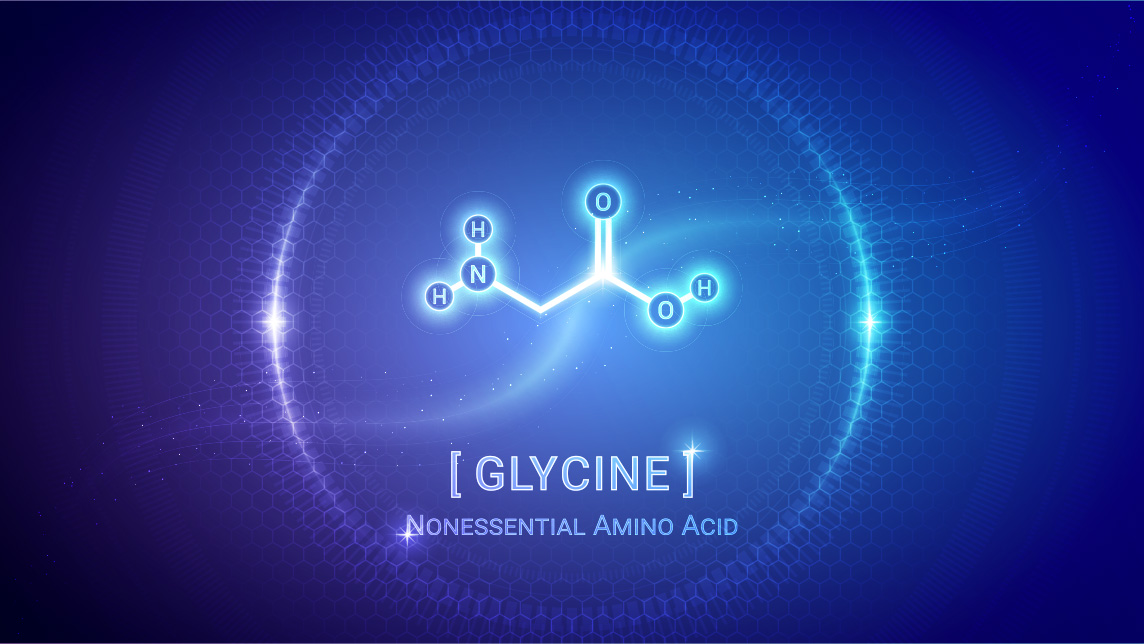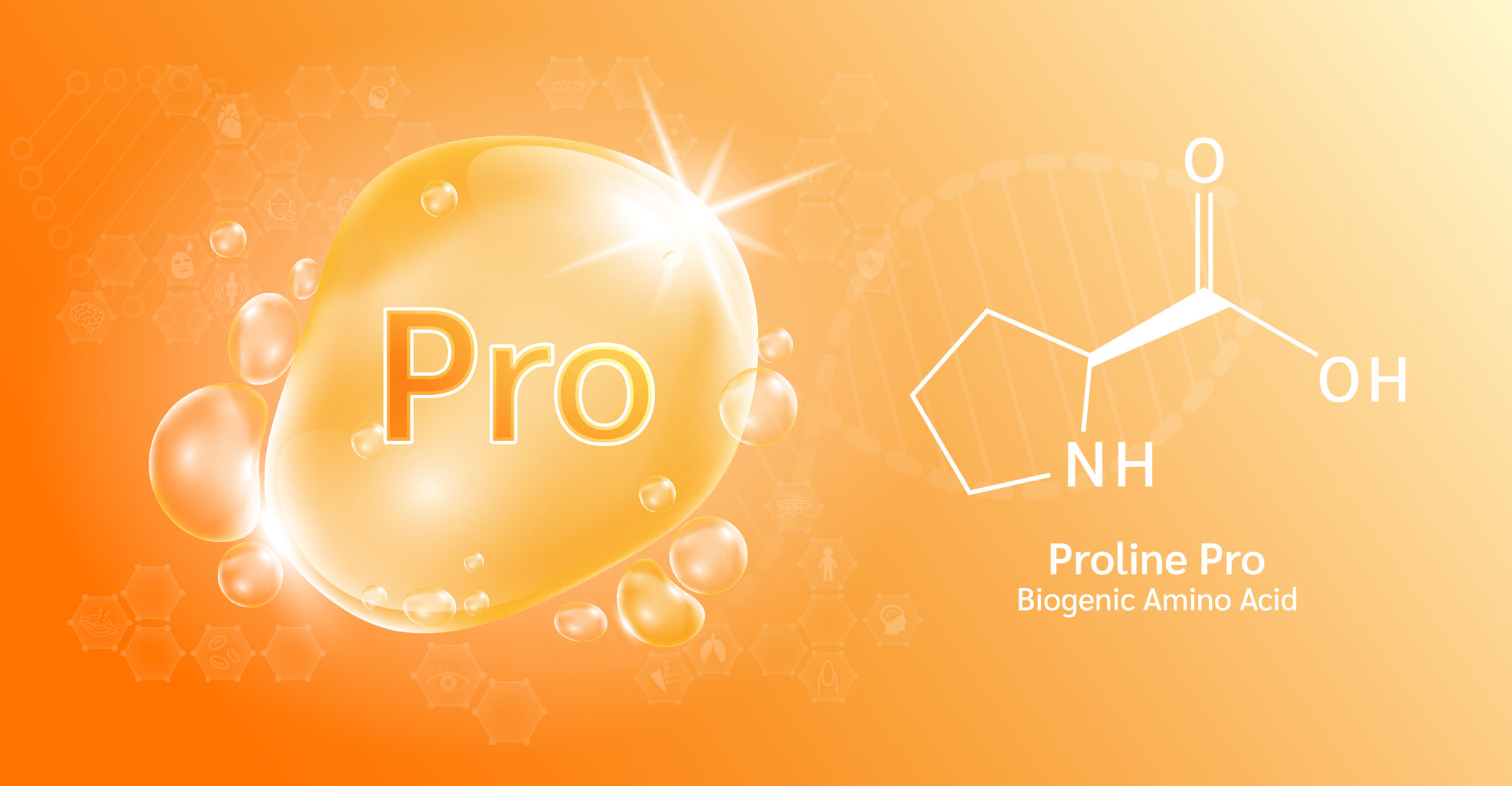
L-amino acids are the active form of amino acids (Analytical Biochemistry). In fact, other forms of amino acids, such as D-amino acids, are not able to be utilized in amino acid skin care (Analytical Biochemistry), no matter what other brands tell you.
The difference between “L” and “non-L” amino acids is a principle called chirality.
Without getting too scientific on you, chirality is easily understood by the differences between your left and right hand, or your left and right foot. The left hand is a mirror image of the right hand. But the left hand cannot be superimposed, or laid upon, the right hand and be identical. No matter how many different ways you orient the two hands, it is impossible for all the features of the hands to coincide.

When molecules have chirality, this enables them to “fit” some places and not others. In amino acid skin care, L-amino acids are able to react with key receptors within your skin, and start repair, healing, and hydrating processes. On the other hand, non-L amino acids are not able to do this.
Not all amino acids in skin care are the “L” form. All Simply Better™ skin care products clearly state on the ingredients list that the L-form of each amino acid is used, but many amino acid skin care companies do not do this.
Typically, when sourcing ingredients from a supplier, it is cheaper and easier to find mixes of “L” and “non-L” amino acids in a batch. Most consumers don’t know the difference, so they won’t bother to check that their amino acids are the “L” form that their skin can actually use! But it is vital to your amino acid skin care performance.
Always look for the “L” form of amino acids in your skin care. Chances are, if an amino acid is not listed as “L-valine,” “L-lysine,” etc., it is probably at least partially the cheaper, easier to find, and ineffective non-L form.









